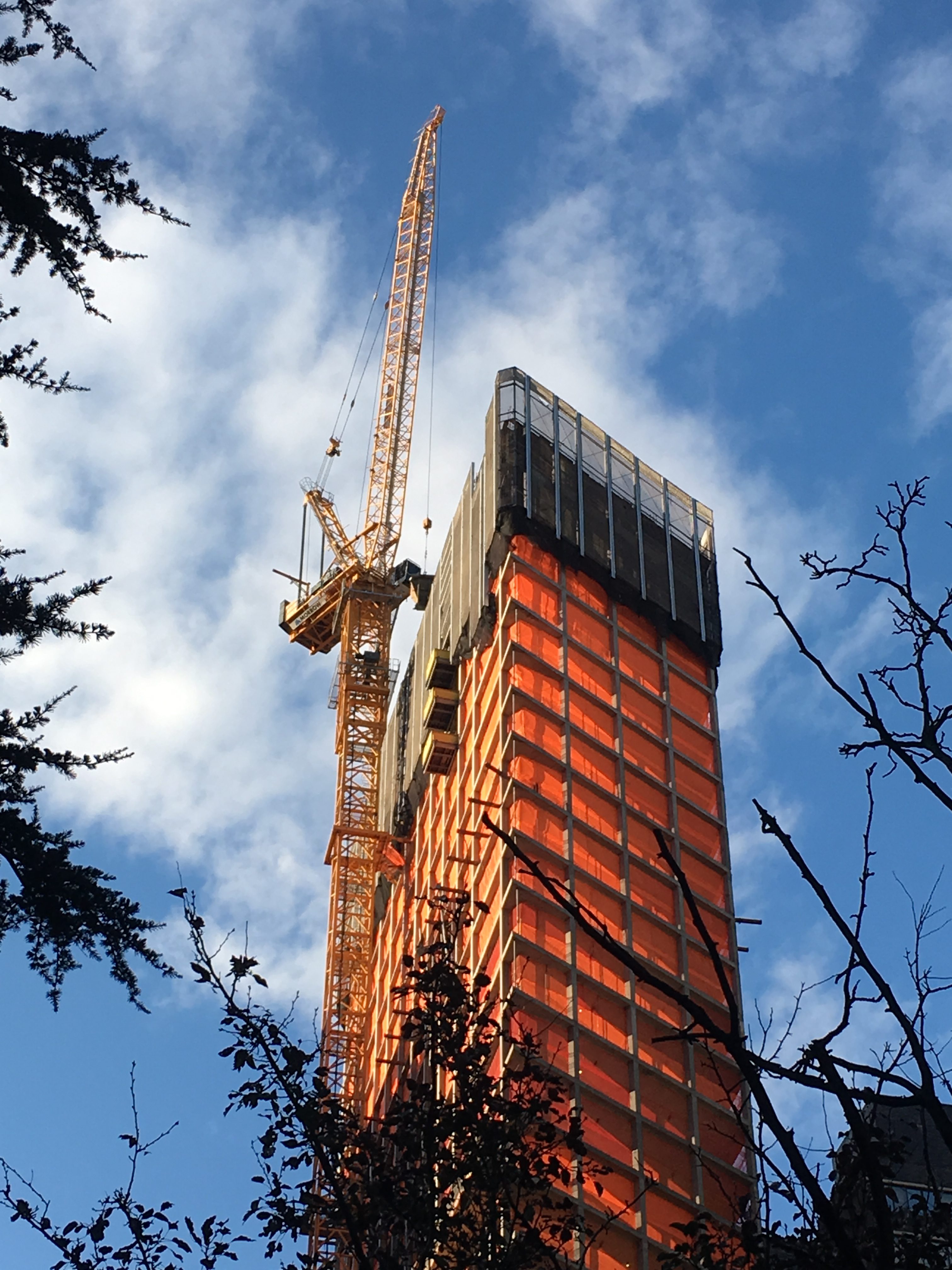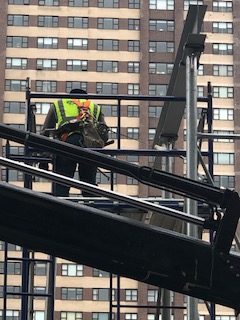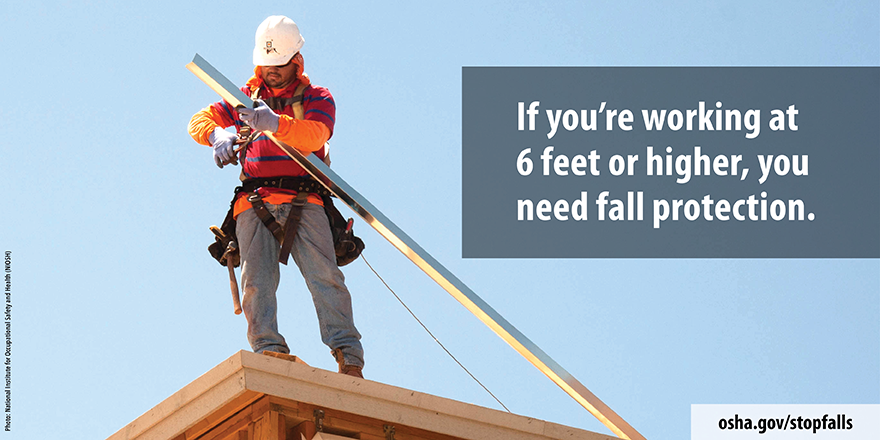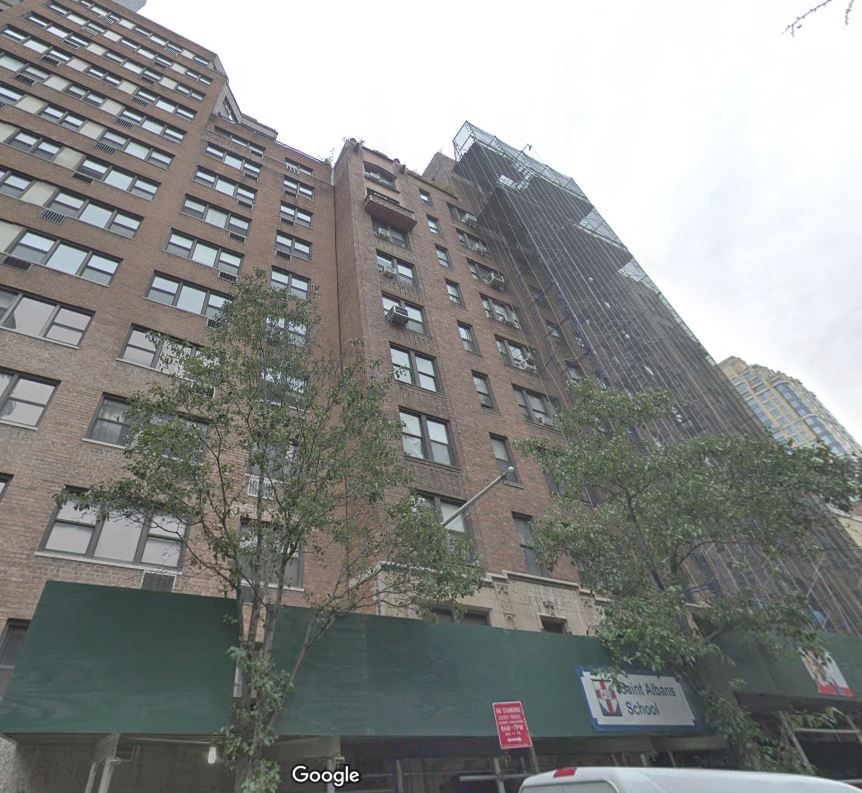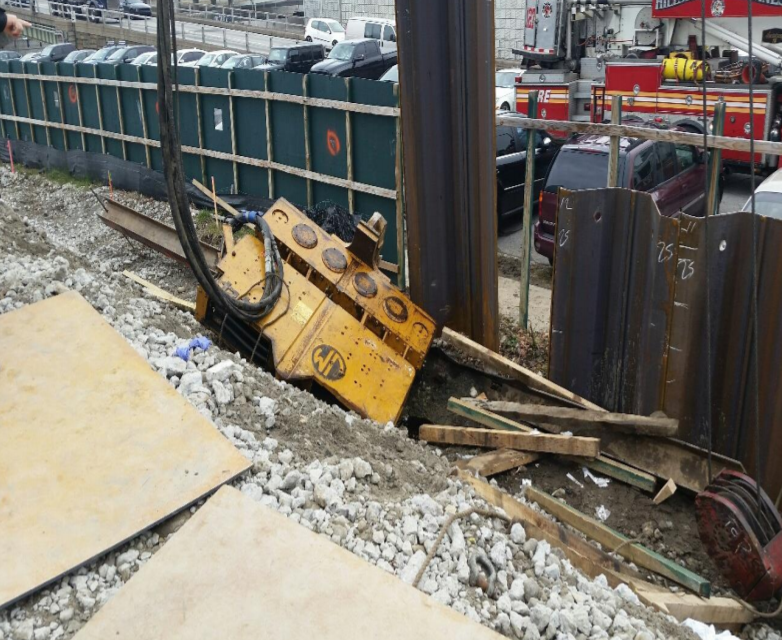Construction Fatalities and Injuries In New York City during the first trimester of 2019
According to statistics from the NYC Department of Buildings there were no fatalities at New York City construction sites during the first trimester of 2019 compared to 2 during the last trimester of 2018 and 4 during the same period a year ago. A total of 137 construction workers were injured in NYC during the first 3 months of the year compared to 158 during the previous trimester and 174 during the same period a year ago. From April 1st 2018 to March 31st 2019, 8 construction workers died on the job, compared to 16 for the same period a year earlier. (click on graphs for full size)
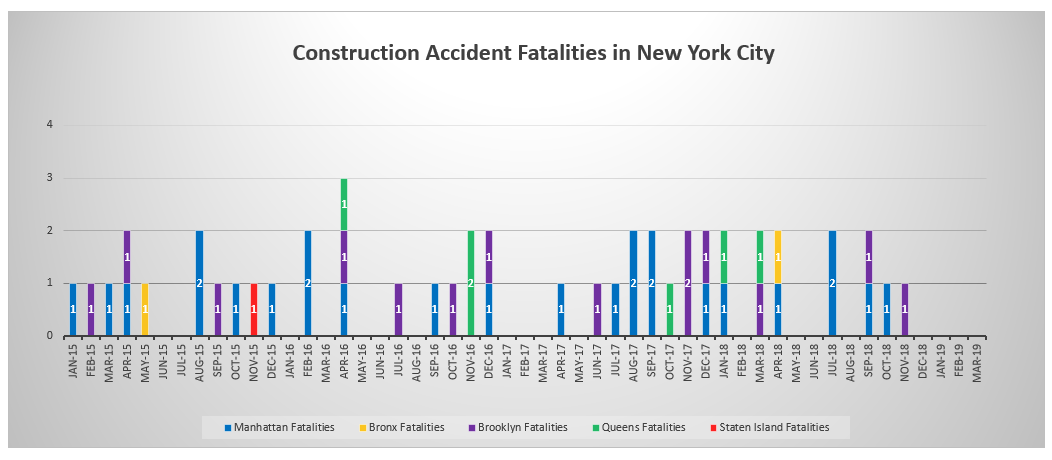
Among the 137 workers who were injured, 90 of them were working at Manhattan construction sites, 10 at Bronx sites, 23 at Brooklyn sites, 13 at Queens sites and 1 at a Staten Island construction site.
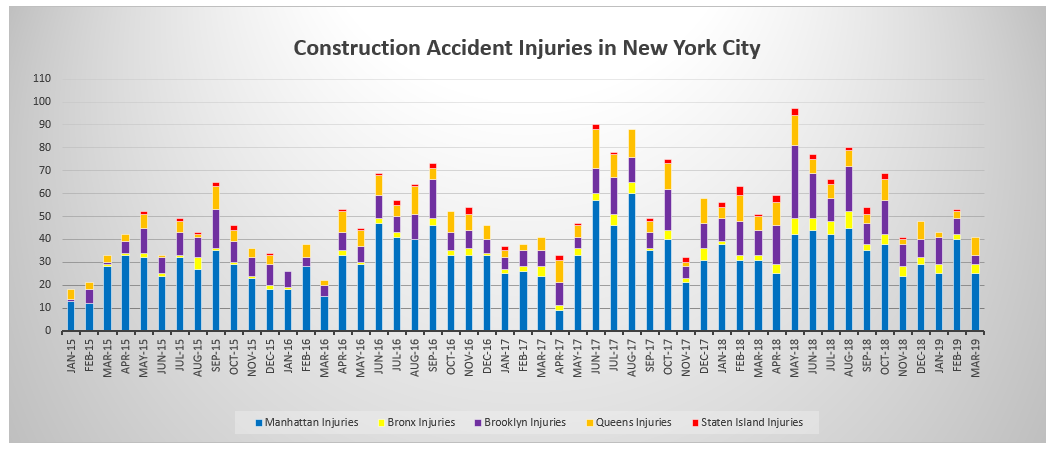
Most construction accident fatalities and deaths in New York City occur in Manhattan. Both fatalities and injuries are on a rising trend in Manhattan. However, on a positive note, it is the first time since 2015 that no hard hat death was recorded in Manhattan over a 5 month-period. 25 workers were injured at Manhattan construction sites in both January and March with a spike at 40 in February.
 New York Personal Injury Attorneys Blog
New York Personal Injury Attorneys Blog


